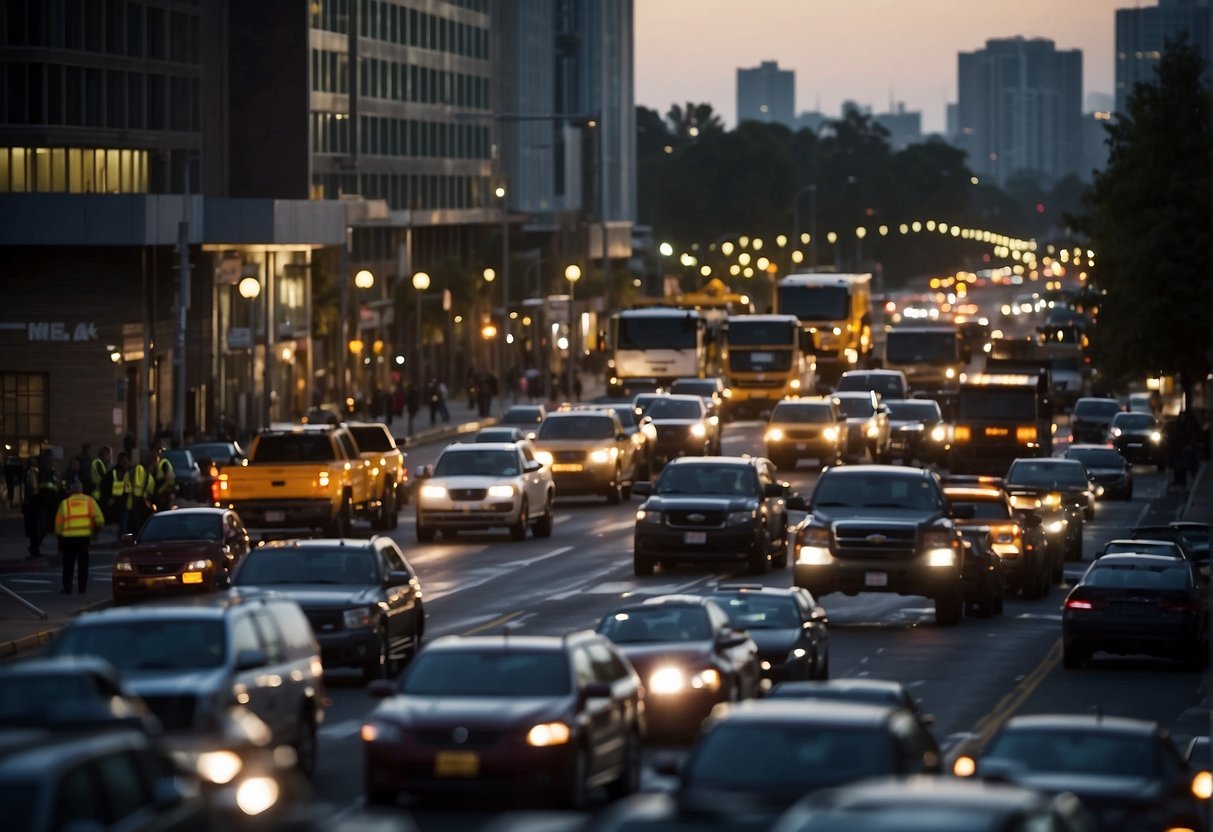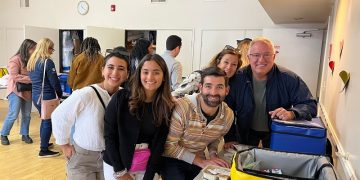Santa Monica remains a beloved address for many in their later years, where the ocean breeze brings relief to arthritic joints and the bright sun seems to hold loneliness at bay. Yet beneath the Instagram photos of pink sunsets, many seniors are quietly wondering if this city still has room for them as costs climb and familiar faces fade from view. There is a tender reality in Santa Monica’s senior community that deserves more attention, wrapped in stories of community gardens, beach walks, and the silent worries that can wake a person in the middle of the night.
A City That Still Feels Like Home
Palm trees lining Montana Avenue and the steady hush of waves along Ocean Avenue can make Santa Monica feel like the last place on earth that should be stressful. Many seniors came here in the seventies or eighties, raising children in small craftsman homes that have since tripled in value, watching neighbors sell and move while they remain, carrying the weight of property taxes and maintenance on aging shoulders.
For those who rent, the city’s steady rise in living costs creates a background hum of anxiety, with many older residents quietly wondering if they will be forced out by the same trends that have driven younger families eastward. Yet there are reasons many stay. There is safety in knowing the local grocer by name, the comfort of sidewalks that lead to the sea, and the promise of familiar faces at the farmers’ market every Wednesday morning. These are not small comforts. They are often the reason older residents fight to remain, even as change barrels through every neighborhood.
When Housing Feels Out of Reach
Housing remains the single biggest challenge facing seniors in Santa Monica, a city where even modest apartments carry premium price tags and affordable senior housing often comes with waitlists that stretch for years. Conversations at church coffee hours or local diners frequently turn to housing, where older residents share tips on navigating paperwork and swapping landlord horror stories.
The city has made gestures toward protecting senior renters, but these measures often feel like small patches on a much larger problem. Rising healthcare costs and groceries that cost more with each passing season only deepen the challenge for low income seniors, who often hide their financial worries behind smiles, unwilling to burden family or friends with concerns they believe they should handle alone.
While housing remains the largest hurdle, it is far from the only one, as many seniors also face transportation issues, healthcare frustrations, and the quiet but real fear of aging alone without nearby family to step in when the body eventually demands help.
Fighting Isolation, One Connection at a Time
It is easy for people to forget that loneliness can be as damaging as physical illness. In Santa Monica, some seniors live just blocks from bustling Third Street Promenade crowds yet go days without meaningful conversation. Those who remain socially active often credit local senior centers and faith communities for creating spaces where they can laugh, share meals, and feel seen in a city that sometimes feels like it is racing forward without looking back.
One program gaining traction offers activities for dementia patients, creating opportunities for those with memory challenges to paint, sing, or simply sit in circles where no one rushes them to remember names or details. These programs are not about curing dementia; they are about holding onto dignity and offering moments of joy, a soft place in a world that often feels sharp and unforgiving. Caregivers quietly note that these gatherings give them a breath of relief as well, a small reprieve that can help them continue in their quiet, tireless work.
Community gardens, library readings, and gentle exercise classes by the beach all play a part in the social ecosystem that can help seniors remain not only physically healthy but emotionally connected. Even a fifteen-minute walk with a neighbor can hold back the weight of loneliness, if only for a day.
The Challenge of Healthcare Access in a Beautiful City
Santa Monica may be a coastal jewel, but healthcare navigation can still feel like a maze for many seniors. Whether it is trying to get a same-day appointment for an unexpected infection or navigating prescription refills when mobility is limited, healthcare can feel like a full-time job for those who are already tired. Seniors with more financial resources often find solutions through private options, but for many, waiting for available appointments and dealing with insurance complications creates stress that seeps into daily life.
Transportation to healthcare facilities adds another layer of complication, particularly for those who no longer drive or feel uncomfortable using rideshare services. While there are volunteer networks offering rides, these services often cannot keep up with demand, leaving many older residents to choose between rescheduling care or risking the strain of getting there alone.
What Makes Santa Monica Worth It
For all of the challenges, there is a reason so many older residents refuse to leave Santa Monica. The sea air still feels like medicine for stiff joints, and the sight of pelicans skimming the surf can bring a moment of calm no matter what else is going on. The city’s parks and walking paths offer a beauty that can soften a hard day, while friendly nods from neighbors on morning walks can remind seniors that they are seen and valued, even if they live alone.
There is also a growing recognition within the community that seniors hold wisdom and stability in a city often obsessed with youth. Programs that match younger volunteers with seniors for friendly check-ins or technology help sessions are slowly creating bridges across generations, reminding everyone that aging is not something to be hidden away but a part of the city’s living story.
Santa Monica is not always easy for its older residents, but it can still be a good place to grow older when community, support, and respect hold strong against the rising tide of change. Those who have built lives in this city often carry a quiet determination to remain, to keep their routines near the water, to continue sharing stories on familiar benches under towering palms. In the end, what many seniors want is not pity or even praise. They want to remain, to be part of the city they have helped shape, and to find small joys in each day as the ocean breeze carries them forward.











